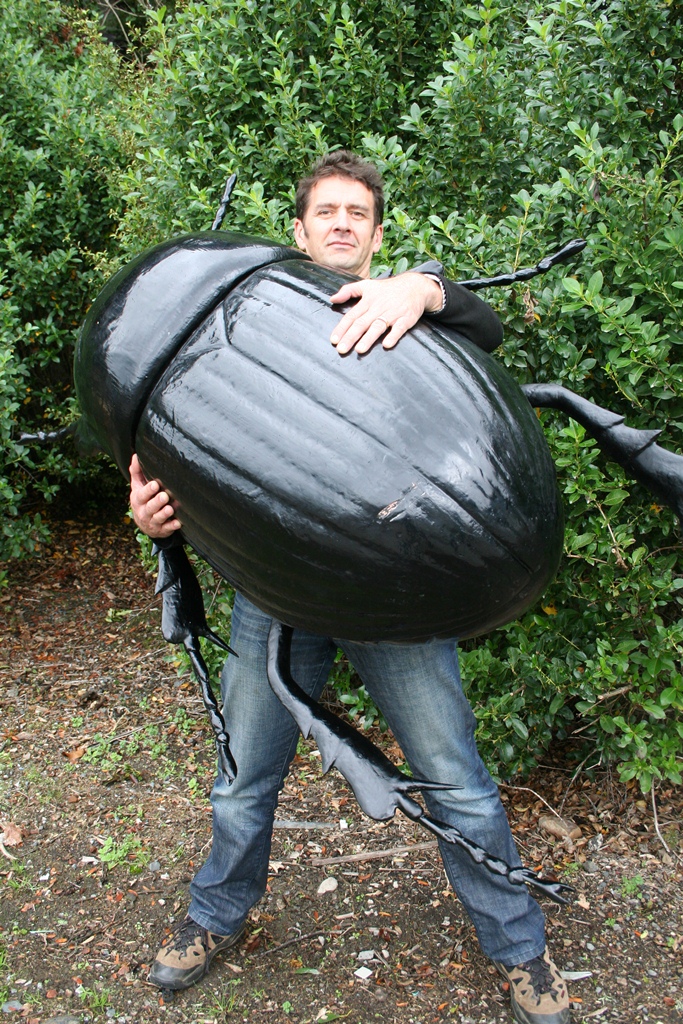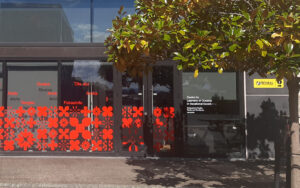AgResearch constructs grass jungle
Giant bugs, parasitic wasps, and people will be combined at this years’ Fieldays to educate the punters on pest control.
An AgResearch exhibition aims to make Fieldays visitors feel the size of bugs.
AgResearch’s exhibition, Partnerships for Better Pastures, features four giant bugs, measuring around one and half metres long, and nine smaller bugs, that are about half a metre long, against a corrugated iron backdrop designed to look like a pasture cross section.

The exhibition is scaled to make people feel the size of a bug.
Wayne Green from Agresearch said the bugs, made by Auckland model maker John Osbourne and Christchurch company Theme Productions, are anatomically correct and very life-like.
“The bugs make for a great conversation starter … it will be a surprise for a lot of people.”
He said AgResearch tried to make the stand come alive and had been growing real weeds for weeks, to incorporate into the pasture exhibition.
Warren King, farms systems team manager at AgResearch, said the exhibition will feel like walking into a “grass jungle”.
AgResearch hopes the exhibition will teach farmers how to manage a variety of pests and weeds better.
Mr Green said, “It is important to us to engage one on one with farmers because the rural sector is the backbone of New Zealand’s economy”.
The black beetle, which destroys pastures by chewing off the roots, will be one of the featured pests.
Dr King refers to the model black beetle, the largest of the bugs, as his “special friend” but said the real life counterparts’ impact on grass can be significant.
“In some cases you can just about roll the grass back like carpet.”
He said the issue was starting to gain some recognition and the Black Beetle Action Group had received almost $500,000 of funding to continue prevention programmes, but a lot of people are still unaware of the impact black beetles have.
The exhibition will also feature the clover root weevil, a pest AgResearch is combating with a parasitic wasp they discovered in Ireland.
There will be microscopes where people can get a close view of the wasps which stalk and impregnate the weevils, then leave the wasp larvae to eat the weevils from the inside out.
Mr Green said the wasp was like something out of an alien movie.
People are also welcome to bring in pests or bugs they do not know about and scientist Dr Trevor James will identify them.
AgResearch has participated in Fieldays for six years and won the premiere feature site award last year.
The exhibition will be in the main pavilion at Fieldays with a team of up to 20 staff on site.




